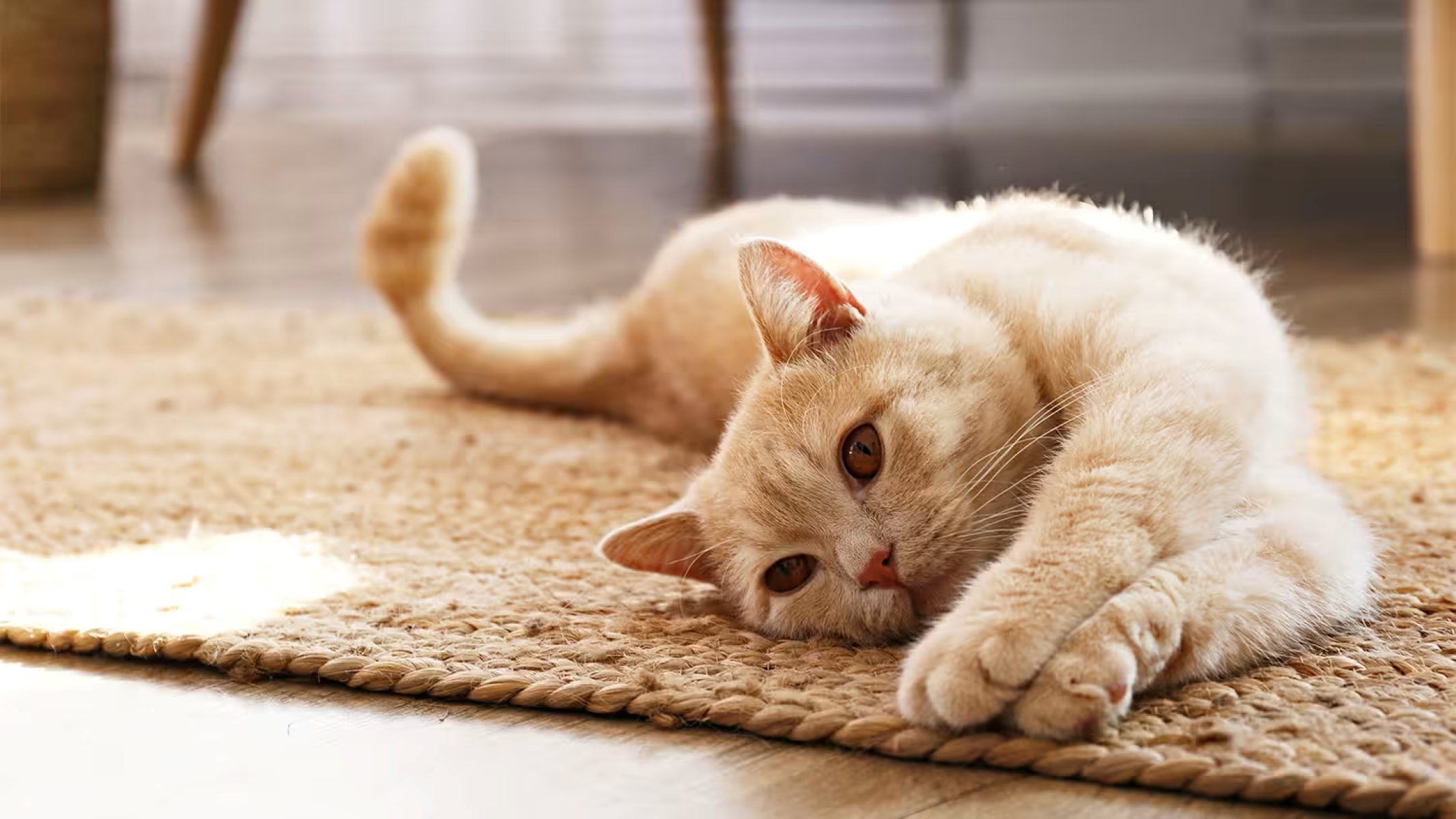

Articles
How To Stop A Cat From Peeing On Rugs
Modified: August 23, 2024
Learn effective techniques and solutions to prevent your cat from urinating on your rugs with our informative articles.
(Many of the links in this article redirect to a specific reviewed product. Your purchase of these products through affiliate links helps to generate commission for Storables.com, at no extra cost. Learn more)
Introduction
Having a cat as a furry companion can bring a lot of joy and companionship to our lives. However, one of the most common issues cat owners face is the frustration of finding their beloved feline friend urinating on rugs. This behavior can be quite challenging and often leads to stress and dissatisfaction for both the cat and its human caregivers. In this article, we will explore the various reasons behind this behavior and provide practical solutions to help stop your cat from peeing on rugs.
Understanding the reasons behind a cat’s inappropriate urination is crucial in addressing the issue effectively. Cats are naturally clean animals and prefer using a litter box for elimination. When they start urinating on rugs or other inappropriate places, it indicates an underlying problem that needs to be identified and resolved. These reasons can range from issues with the litter box setup to physical health problems or even stress and anxiety. By understanding the root cause, we can implement effective strategies to deter this behavior.
Key Takeaways:
- Understanding the reasons behind a cat’s inappropriate urination is crucial, from litter box issues to physical health problems and stress. Identifying the cause is the first step to addressing this behavior effectively.
- Providing a proper litter box setup, addressing physical health issues, managing stress and anxiety, and using positive reinforcement are key strategies to stop a cat from peeing on rugs. Seeking veterinary assistance is crucial if the issue persists.
Read more: How To Stop Cats From Peeing On The Carpet
Understanding the Reasons Behind Inappropriate Urination
In order to address the issue of a cat peeing on rugs, it is important to delve into the reasons behind this behavior. Cats may exhibit this behavior due to various factors, including litter box issues, physical health problems, and emotional stress.
1. Litter Box Issues: One of the most common reasons for a cat to urinate outside the litter box is a problem with the litter box itself. Cats may have preferences when it comes to litter type, depth, cleanliness, or location of the litter box. If the litter box is not kept clean or is in an inconvenient location, the cat may seek alternative places to relieve itself.
2. Physical Health Problems: In some cases, a cat may be urinating outside the litter box due to an underlying health issue. Urinary tract infections, bladder stones, kidney problems, or other medical conditions can cause discomfort or pain during urination, leading the cat to associate the litter box with pain. In such cases, it is important to consult a veterinarian to rule out any physical health problems.
3. Stress and Anxiety: Cats are sensitive creatures and can easily become stressed or anxious. Changes in their environment, such as moving to a new home, introduction of new pets, or changes in routine, can trigger stress and lead to inappropriate urination. Additionally, conflicts with other cats in the household or a lack of territory can also contribute to stress-related urination issues.
It is crucial to identify the specific reason behind your cat’s inappropriate urination in order to address the issue effectively. Observing your cat’s behavior, consulting with a veterinarian, and making necessary changes to the litter box setup or resolving environmental stressors can help eliminate this unwanted behavior.
Ensuring Proper Litter Box Setup
A key factor in preventing a cat from peeing on rugs is to ensure a proper litter box setup that meets your cat’s needs and preferences. Here are some important considerations to keep in mind:
1. Number of litter boxes: It is essential to provide an adequate number of litter boxes in your home. The general rule of thumb is to have at least one litter box per cat, plus an extra one. This ensures that each cat has access to a litter box whenever needed, reducing the likelihood of accidents.
2. Location: The location of the litter box plays a crucial role in encouraging your cat to use it regularly. Place the litter box in a quiet and easily accessible area, away from noisy appliances or high-traffic areas. Cats prefer privacy while using the litter box, so choose a spot that is secluded and provides them with a sense of security.
3. Litter type: Experiment with different types of litter to find the one that your cat prefers. Some cats have texture or scent preferences, so offering a variety of options can help accommodate their individual preferences. Avoid scented litter as it may be overpowering for some cats and deter them from using the litter box.
4. Size and depth of the litter box: The litter box should be spacious enough for your cat to comfortably move and turn around in. Additionally, cats tend to prefer deeper litter boxes, as they provide ample space for digging and burying their waste.
5. Regular cleaning: Cats are clean animals, and a dirty litter box can be a major deterrent. Scoop the litter box at least once a day and regularly replace the litter to keep it fresh and odor-free. Consider using a litter box liner or placing a mat underneath to make cleaning more convenient.
By providing a litter box setup that meets your cat’s needs and maintaining proper hygiene, you can greatly reduce the likelihood of your cat peeing on rugs. However, if the inappropriate urination persists, it may be necessary to consider other factors such as physical health issues or emotional stress.
Addressing Physical Health Issues
When a cat starts urinating outside the litter box, it is important to consider any potential physical health issues that may be causing this behavior. Cats may exhibit inappropriate urination due to urinary tract infections, bladder stones, kidney problems, or other medical conditions. Here are some steps you can take to address physical health issues:
1. Consult a veterinarian: If your cat is consistently peeing on rugs or exhibiting other signs of urinary issues, it is crucial to schedule a visit to the veterinarian. The vet will perform a thorough examination and may recommend diagnostic tests such as a urinalysis or blood work to identify any underlying health problems.
2. Follow the prescribed treatment plan: In the case of physical health issues, the veterinarian may prescribe medication or recommend specific treatments to alleviate the problem. It is important to follow their instructions diligently and administer any prescribed medications as instructed.
3. Provide easy access to the litter box: Cats with physical health issues may experience pain or discomfort while urinating. To make it easier for them to use the litter box, ensure that the box is easily accessible, with low sides for easy entry and exit. You may also consider using a litter box with high walls or a ramp to assist cats with mobility issues.
4. Monitor litter box usage: Keep a close eye on your cat’s litter box habits and note any changes. Is your cat using the litter box more frequently or struggling to urinate? Observing these changes can provide valuable information for the veterinarian and help determine the most appropriate course of action.
By addressing any physical health issues that may be causing the inappropriate urination, you can help your cat find relief and prevent further accidents. However, it’s important to note that physical health problems are not the only cause of this behavior. If the issue persists, it may be necessary to explore other potential factors such as stress or behavioral issues.
Managing Stress and Anxiety
Stress and anxiety can be significant factors contributing to a cat’s inappropriate urination behavior. Cats are sensitive animals, and changes in their environment or routine can cause them to feel stressed or anxious. Here are some strategies to help manage stress and anxiety in your cat:
1. Provide a safe and secure environment: Create a safe and calm environment for your cat by designating a quiet space where they can retreat and feel secure. This can be a separate room with their essentials, such as a bed, toys, and a litter box. Ensure the space is away from noise, disruptions, or areas that may provoke stress, such as a busy hallway or a spot near a window with outdoor distractions.
2. Maintain a consistent routine: Cats thrive on routine, and sudden changes can cause stress. Try to maintain a consistent schedule for feeding, playtime, and cleaning the litter box. This predictability can help alleviate anxiety and provide a sense of stability for your cat.
3. Provide mental and physical stimulation: Engage your cat in regular play sessions and provide interactive toys to keep them mentally and physically stimulated. This will help redirect their energy and prevent boredom, which can contribute to stress and anxiety.
4. Use pheromone sprays or diffusers: Feliway sprays or diffusers, which contain synthetic pheromones that mimic the natural calming pheromones in cats, can help reduce anxiety and create a sense of security. These products can be sprayed in the cat’s designated space or plugged into a wall socket in the area where the cat spends most of its time.
5. Create vertical space: Cats feel more secure when they have vertical space to climb and observe their surroundings. Install cat trees, shelves, or provide access to high spots where your cat can perch. This helps them feel safe and in control, reducing stress levels.
6. Consider natural remedies or supplements: Some natural remedies, such as chamomile or valerian root, may help to alleviate anxiety in cats. However, it is important to consult with a veterinarian before administering any supplements to ensure they are safe and appropriate for your cat.
By managing stress and anxiety effectively, you can greatly reduce the likelihood of your cat resorting to inappropriate urination. However, if the problem persists, it is important to seek professional guidance from a veterinarian or animal behaviorist to address the underlying causes of stress and implement appropriate behavior modification techniques.
Clean the affected area with an enzymatic cleaner to remove the scent. Provide multiple litter boxes in different locations and ensure they are clean. Consider any changes in the cat’s environment or routine that may be causing stress.
Read more: How To Stop Dogs From Peeing On Rugs
Eliminating Odors and Markings
When a cat urinates on rugs or other inappropriate places, it can leave behind strong odors that may encourage them to continue marking the same spot. To prevent this behavior from recurring, it is essential to eliminate odors and markings effectively. Here are some steps to follow:
1. Clean up accidents promptly: As soon as you discover a urine spot, clean it up promptly to prevent the odor from lingering. Blot up as much of the urine as possible using paper towels, then clean the area with an enzymatic cleaner specifically designed to break down urine odor. Avoid using ammonia-based cleaners, as the smell can resemble cat urine and may attract them back to the same spot.
2. Launder or discard soiled items: If a rug or any other fabric item has been soiled, launder it immediately using a pet-friendly detergent and an odor-eliminating additive. If the item cannot be laundered, consider discarding it if the odor persists despite cleaning efforts.
3. Use an odor neutralizer: After cleaning, use an odor neutralizer or pet-safe deodorizer on the affected area. Be sure to follow the instructions provided by the manufacturer and apply it to the entire area to ensure that the odor is fully eliminated.
4. Block access to marked areas: If there are specific areas where your cat has repeatedly urinated, consider blocking their access to those spots. Close doors or use furniture to create barriers, preventing them from reaching those areas. This helps break the habit of returning to previously marked spots.
5. Provide alternative marking options: Cats have a natural instinct to mark their territory. To redirect this behavior, provide alternative marking options such as scratching posts or vertical scratching surfaces. This allows them to mark in an appropriate manner while preventing them from urinating on rugs or furniture.
By promptly cleaning up accidents, eliminating lingering odors, and redirecting marking behavior, you can discourage your cat from peeing on rugs. Consistency and patience are key, as it may take time for them to break the habit and adjust to the new marking options provided.
Using Positive Reinforcement and Training Techniques
Positive reinforcement and training techniques can be effective tools in deterring cats from peeing on rugs. By encouraging desired behavior and providing rewards, you can redirect their attention and promote the use of the litter box. Here are some strategies to implement:
1. Reward litter box usage: Whenever your cat uses the litter box appropriately, provide them with a reward such as treats, praise, or playtime. This positive reinforcement strengthens the association between the litter box and positive experiences, encouraging them to repeat the desired behavior.
2. Create a litter box training routine: Establish a consistent routine for training your cat to use the litter box. Guide them to the litter box after meals or naps, and gently scratch the litter to show them its purpose. When they use the box, reward them immediately to reinforce the behavior.
3. Avoid punishment: Punishing your cat for inappropriate urination can backfire and worsen the problem. Instead, focus on rewarding and encouraging positive behaviors. Punishment can create fear and anxiety in cats, leading to more stress-induced accidents.
4. Use pheromone sprays or calming aids: Pheromone sprays or diffusers, such as Feliway, emit synthetic pheromones that can help create a sense of calmness and security for your cat. These products can be sprayed in the area around the litter box or used in the cat’s designated safe space.
5. Consider clicker training: Clicker training is a technique that involves using a clicker to mark a desired behavior followed by a reward. By associating the sound of the clicker with positive reinforcement, you can train your cat to use the litter box consistently. Consult with a professional animal trainer to learn more about clicker training techniques for cats.
6. Monitor and redirect: Keep a close eye on your cat’s behavior and body language. If you notice signs that they are about to urinate in an inappropriate area, gently redirect them to the litter box. Use verbal cues or gentle physical guidance to lead them to the appropriate spot. Reward them when they use the litter box correctly.
Consistency, patience, and positive reinforcement are key when using training techniques. Remember that every cat is unique, and it may take time for them to learn and adjust to new behaviors. With consistent training and reward-based techniques, you can encourage your cat to use the litter box and reduce incidents of peeing on rugs.
Seeking Veterinary Assistance and Consultation
If you have tried various strategies and your cat continues to pee on rugs, it is important to seek veterinary assistance and consultation. A veterinarian can help determine if there are any underlying medical issues that may be contributing to the inappropriate urination behavior. Here are some steps to take when seeking veterinary assistance:
1. Schedule a veterinary visit: Make an appointment with your veterinarian to discuss the issue of your cat peeing on rugs. Provide them with detailed information about your cat’s behavior, including when the behavior started, any changes in routines, and any other relevant information.
2. Medical examination: During the veterinary visit, the veterinarian will perform a thorough examination of your cat. This may include checking for any physical health issues, urinalysis, blood work, or other diagnostic tests to identify any underlying medical conditions that may be causing the inappropriate urination.
3. Follow the veterinarian’s advice: If a medical issue is identified, the veterinarian will provide treatment options or recommendations to address the problem. Follow their advice and administer any prescribed medications as instructed. It is crucial to treat any underlying medical issues to help alleviate the inappropriate urination behavior.
4. Seek a behaviorist or specialist if needed: In some cases, the inappropriate urination may be due to behavioral issues that require the expertise of an animal behaviorist or specialist. These professionals can work with you and your cat to address the behavior from a behavioral standpoint and provide tailored solutions to modify the behavior.
It is important to involve your veterinarian in the process of addressing the inappropriate urination behavior, as they can provide valuable insights and guidance. They can work in conjunction with you to develop a comprehensive plan that considers both medical and behavioral factors.
Remember, seeking professional help is crucial to ensure the health and well-being of your cat and to address the underlying causes of the inappropriate urination. With the support of a veterinarian and potentially a behaviorist, you can work towards resolving the issue and creating a happy, healthy environment for your furry companion.
Conclusion
Dealing with a cat that pees on rugs can be a frustrating and challenging situation for any cat owner. However, by understanding the underlying reasons, implementing proper strategies, and seeking professional assistance when needed, you can effectively address this behavior and create a harmonious living environment for both you and your feline companion.
It is crucial to start by understanding the reasons behind the inappropriate urination. Factors such as litter box issues, physical health problems, stress, and anxiety can contribute to this behavior. Once you have identified the cause, you can take specific steps to address it.
Ensuring a proper litter box setup, including the right number of litter boxes, location, and cleanliness, can encourage your cat to use the litter box consistently. Addressing any physical health issues by consulting with a veterinarian and following their prescribed treatment plan is vital to alleviate pain or discomfort associated with urination.
Managing stress and anxiety through a calm and secure environment, maintaining a consistent routine, and providing mental and physical stimulation can greatly reduce inappropriate urination caused by emotional factors. Additionally, eliminating odors and markings by promptly cleaning up accidents and providing alternative marking options can discourage repeated inappropriate urination.
Using positive reinforcement and training techniques, such as rewarding litter box usage and redirecting your cat, can help establish desired behaviors. Seeking veterinary assistance and consultation is crucial if the inappropriate urination persists, as a veterinarian can help identify underlying medical issues and provide appropriate treatment or referral to a behaviorist if needed.
Remember that resolving the issue of a cat peeing on rugs requires patience, consistency, and a multidimensional approach. Each cat is unique, and finding the right solution may take time and experimentation. With dedication and understanding, you can help your cat overcome this behavior and restore harmony in your home.
Frequently Asked Questions about How To Stop A Cat From Peeing On Rugs
Was this page helpful?
At Storables.com, we guarantee accurate and reliable information. Our content, validated by Expert Board Contributors, is crafted following stringent Editorial Policies. We're committed to providing you with well-researched, expert-backed insights for all your informational needs.
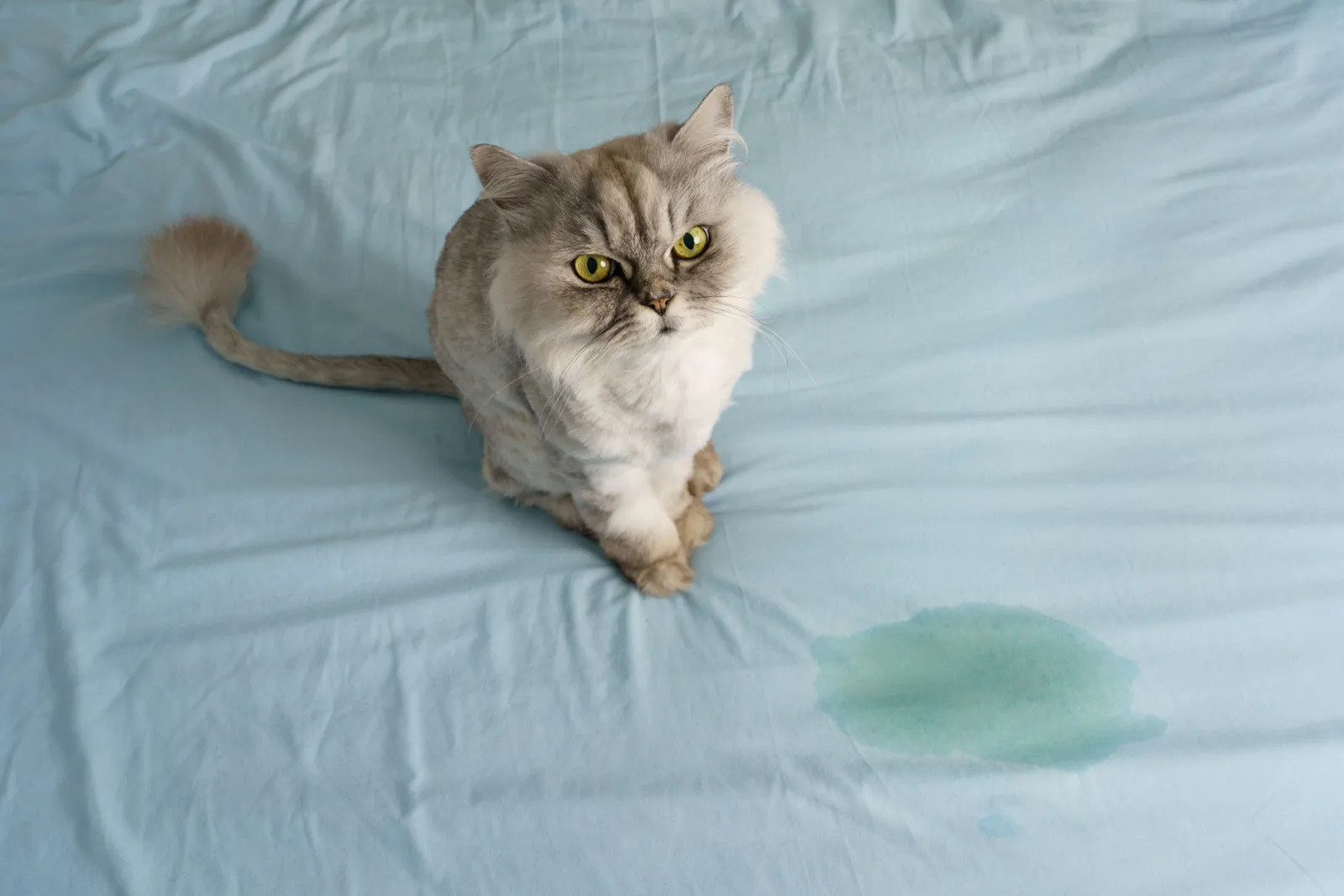
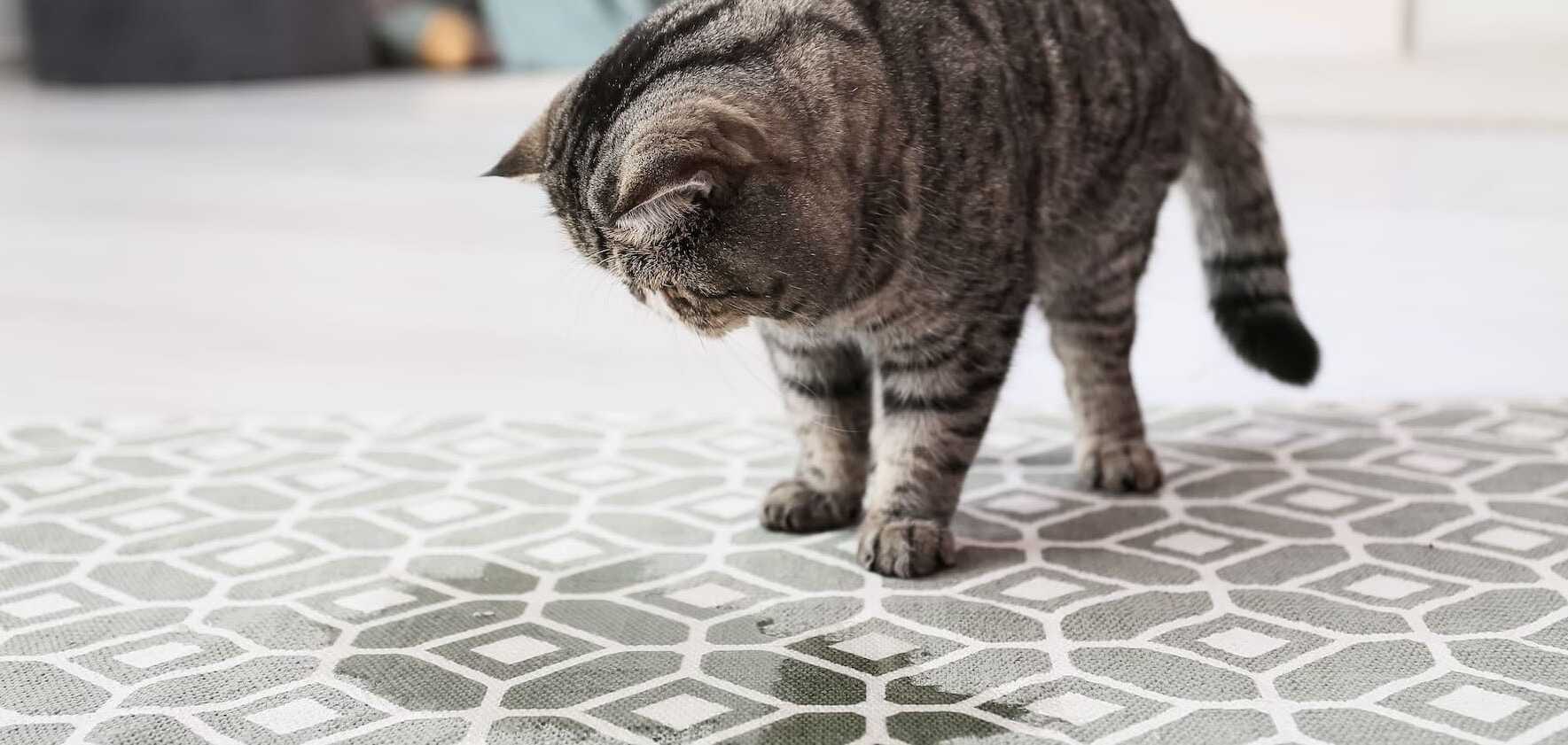
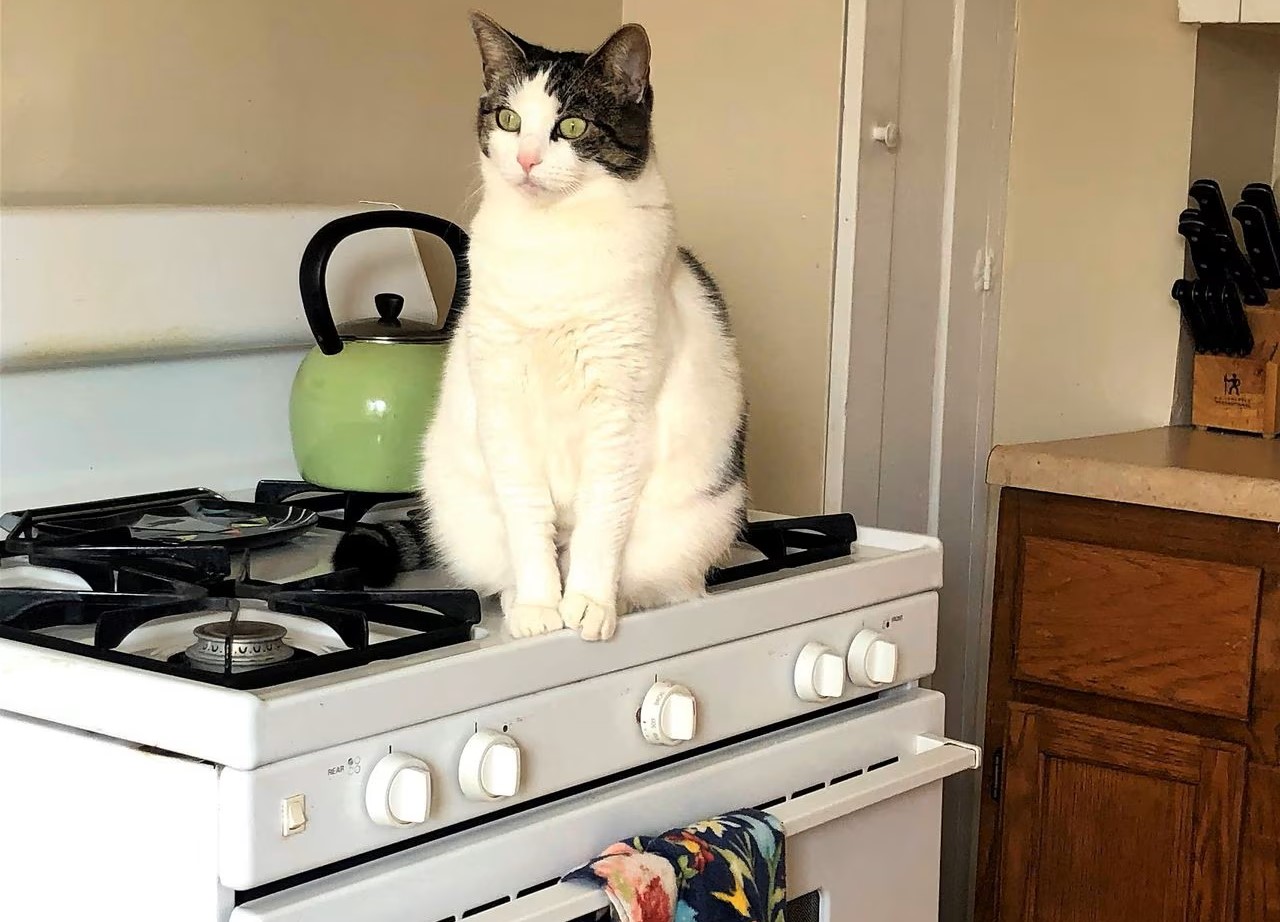
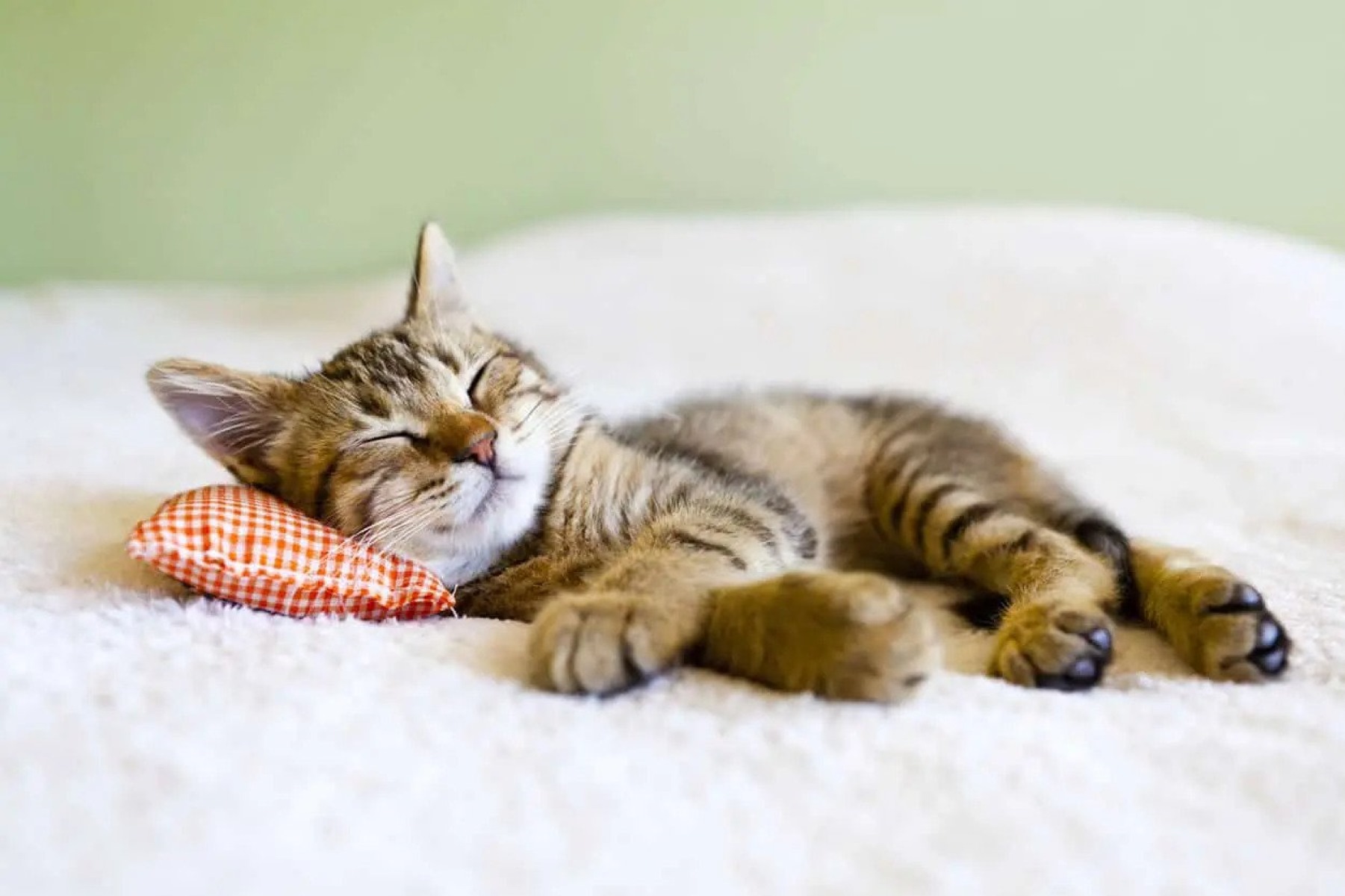
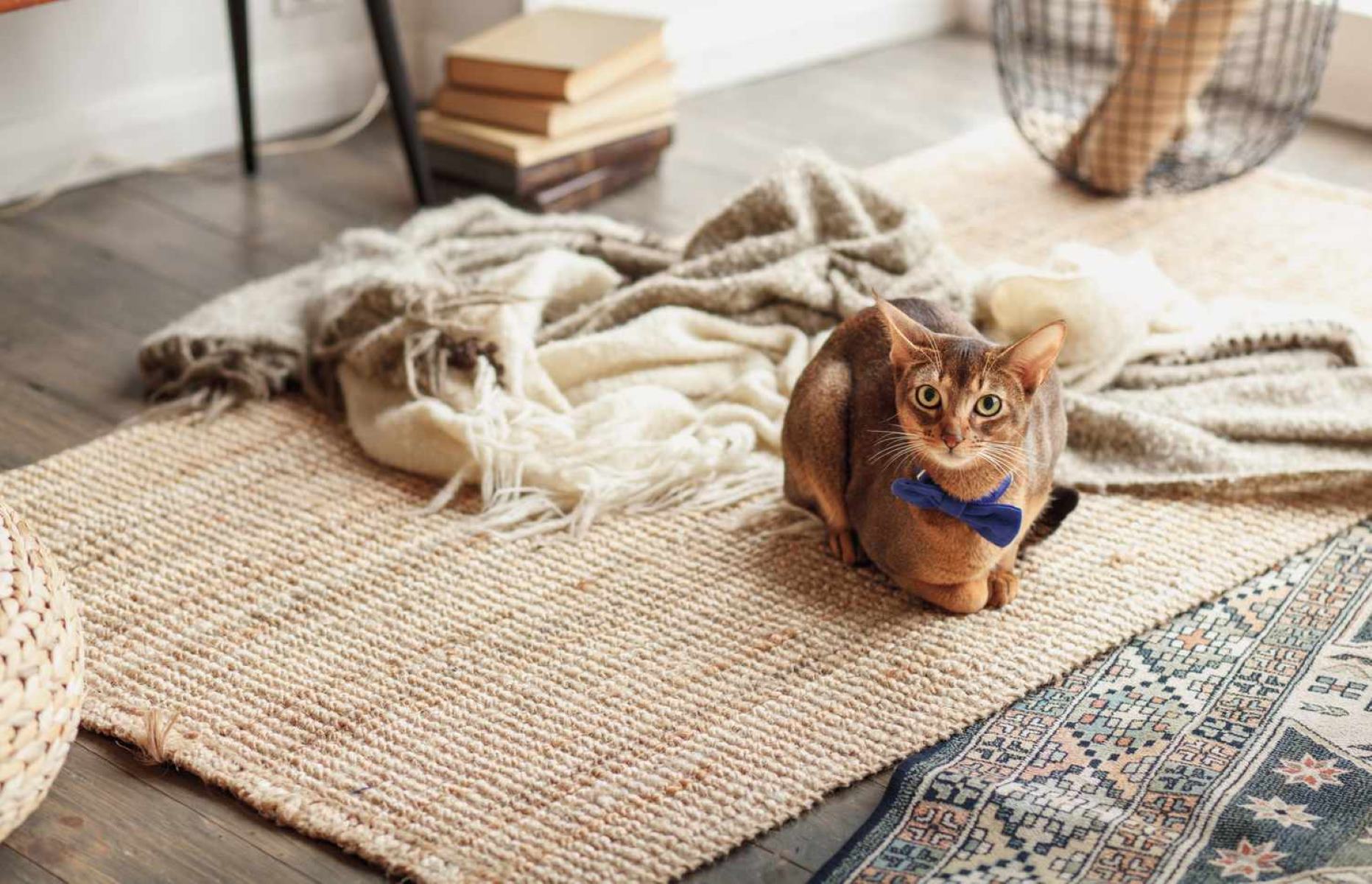
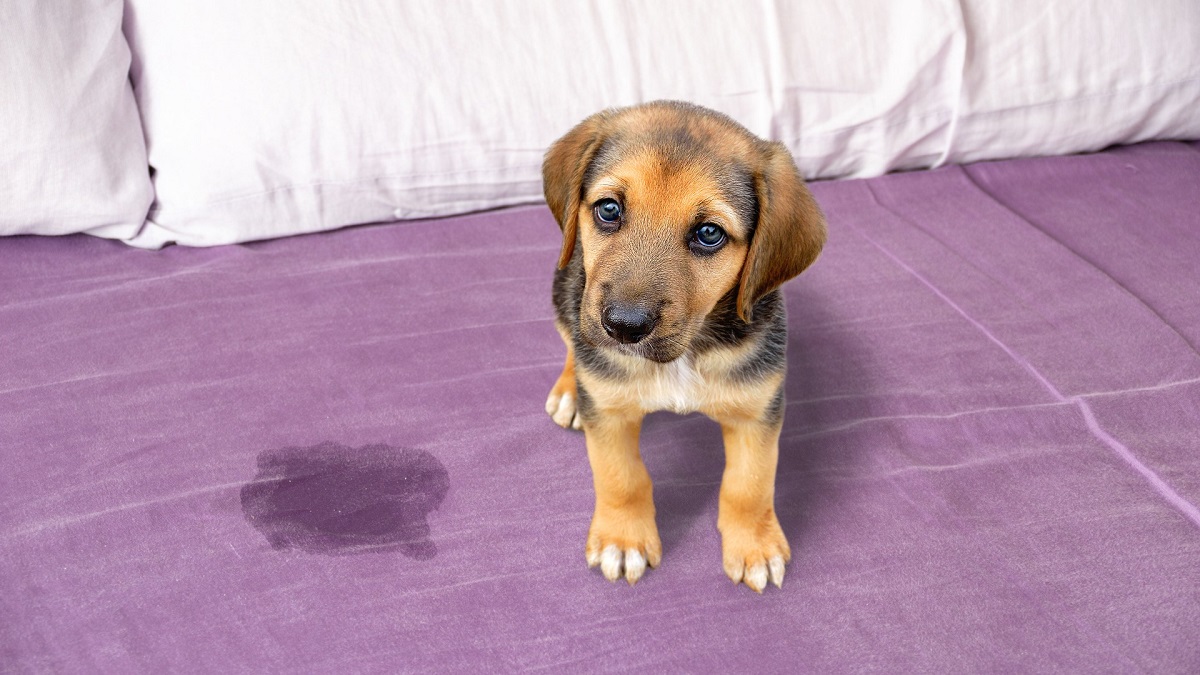
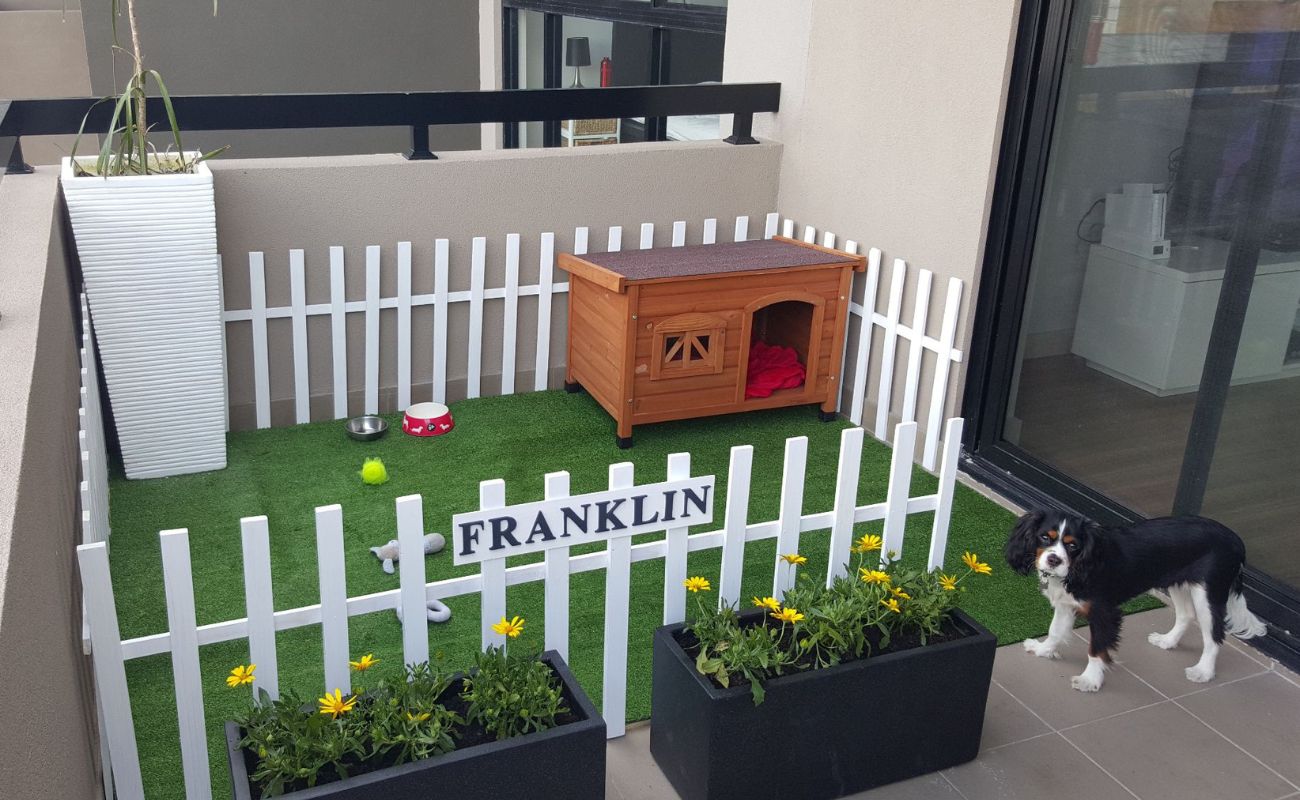
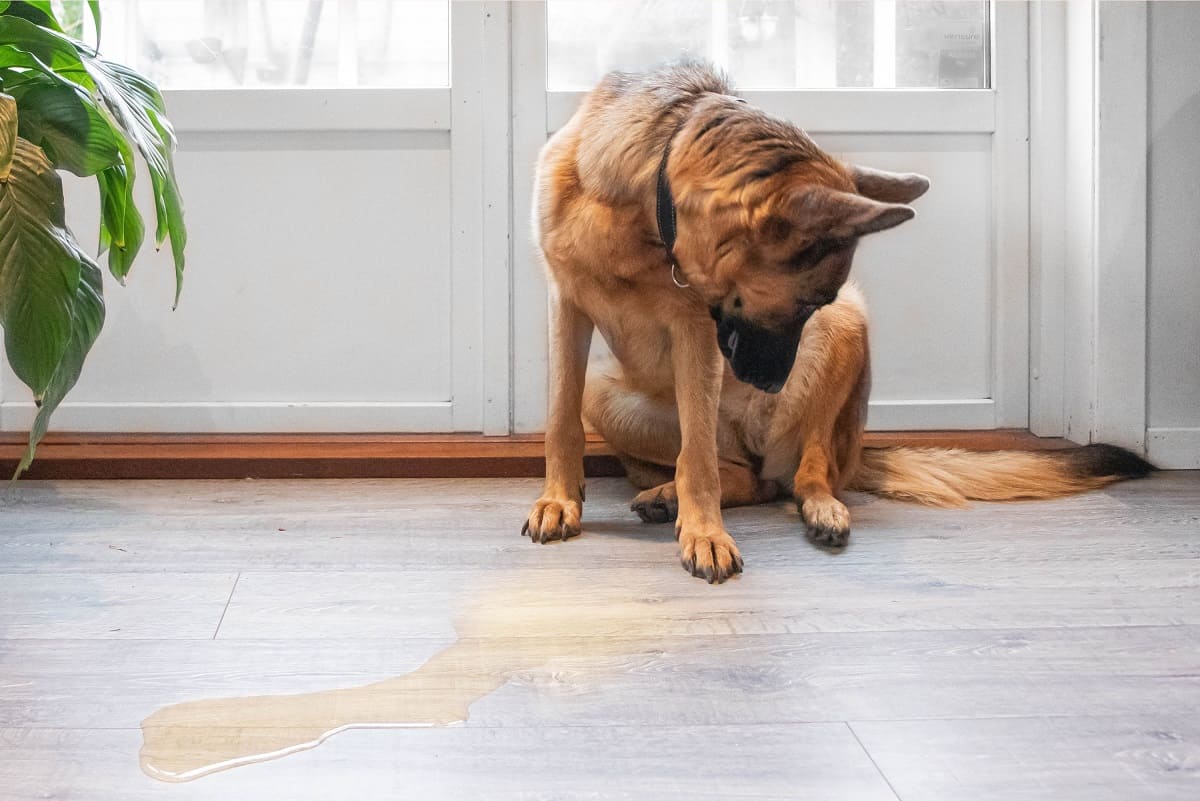
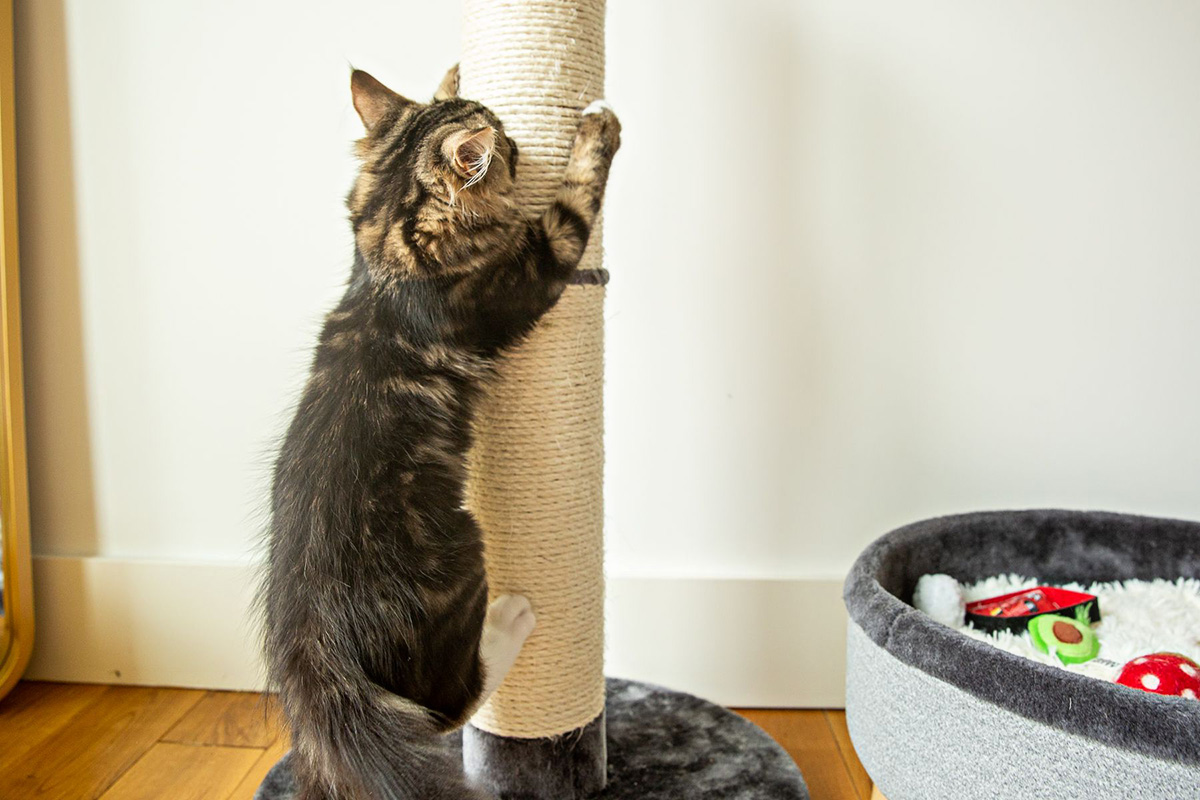
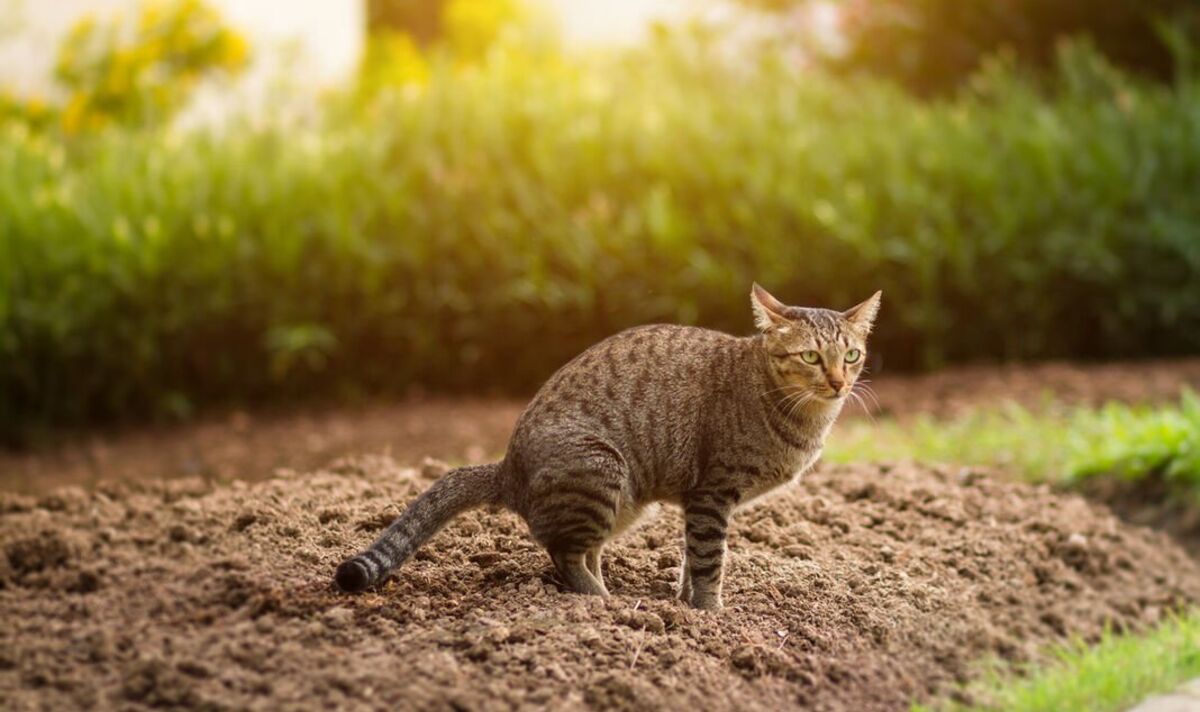
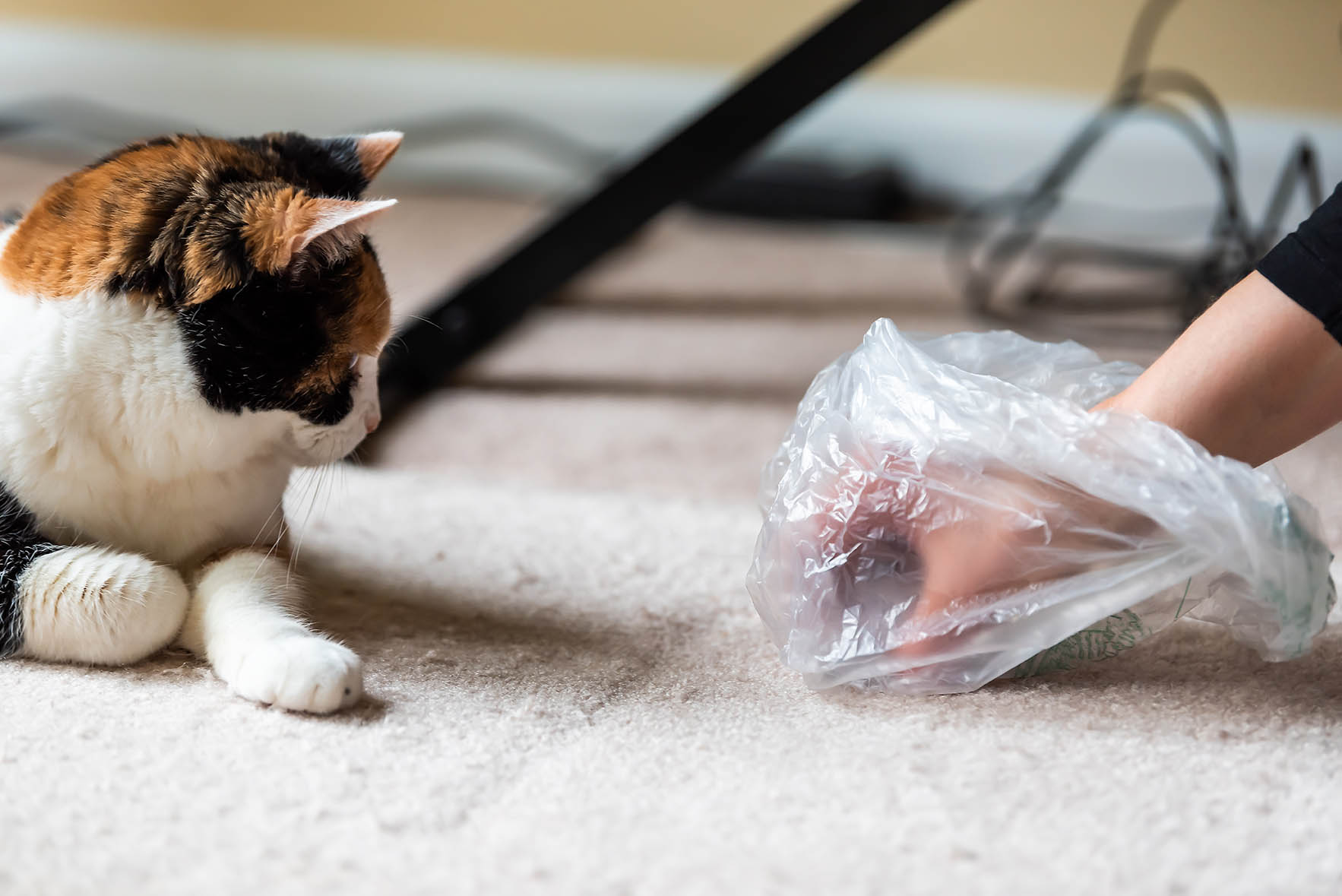
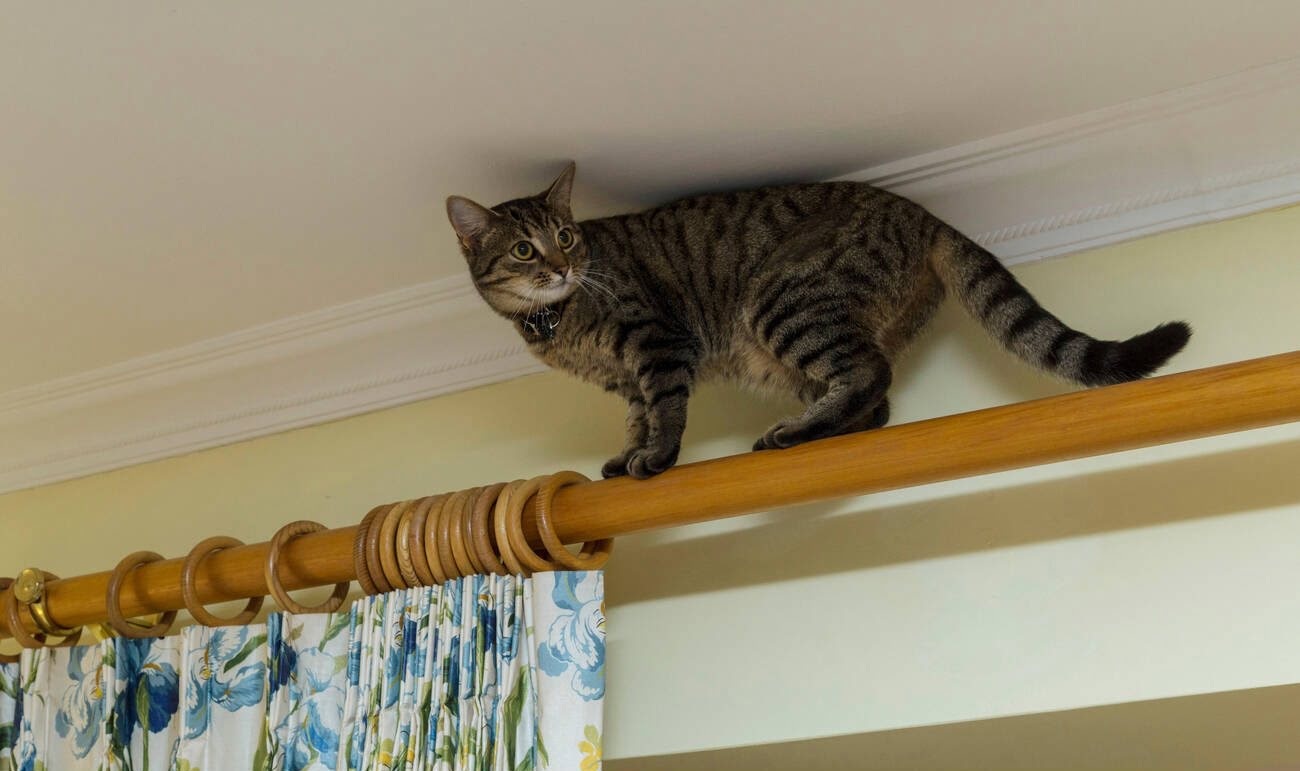
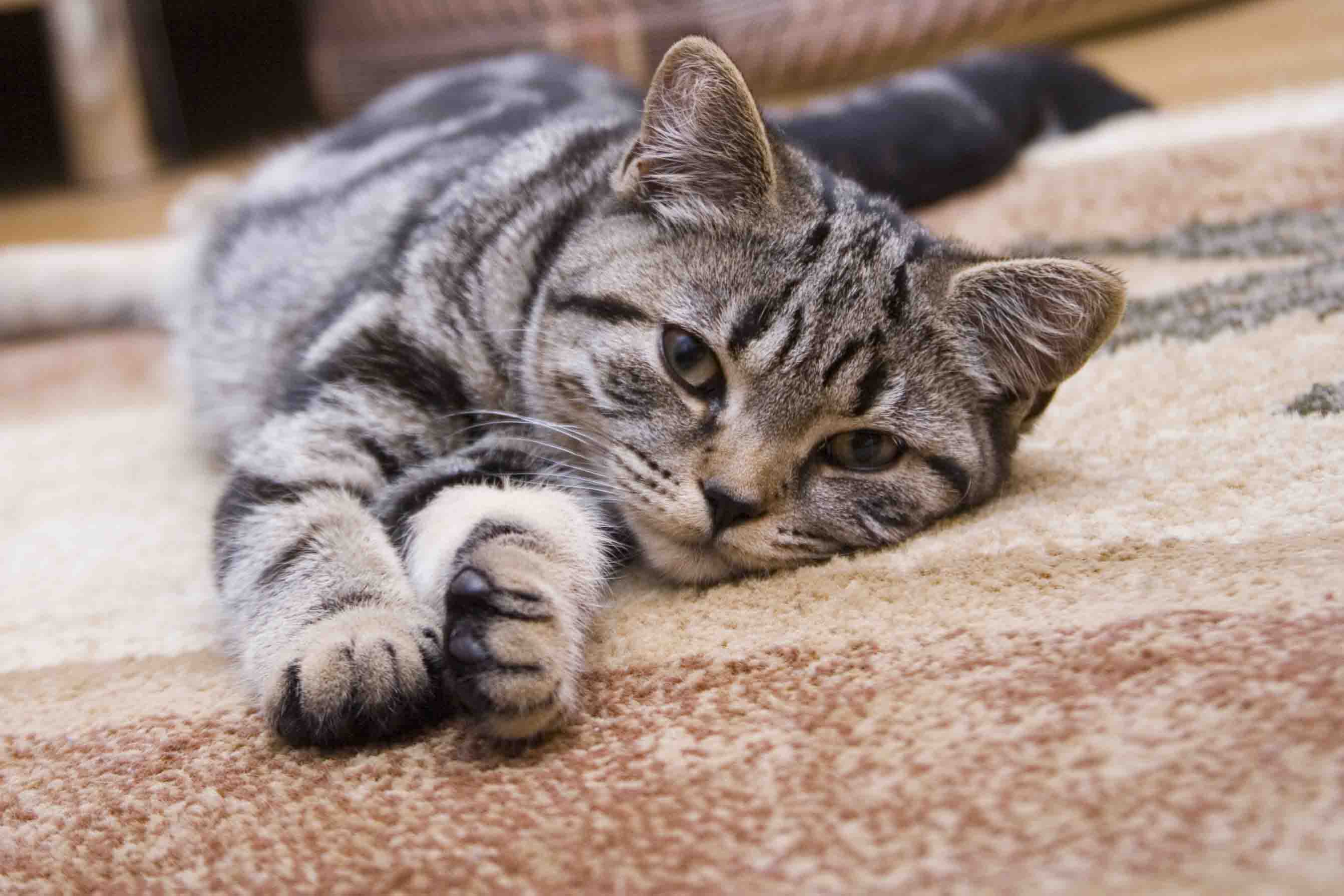
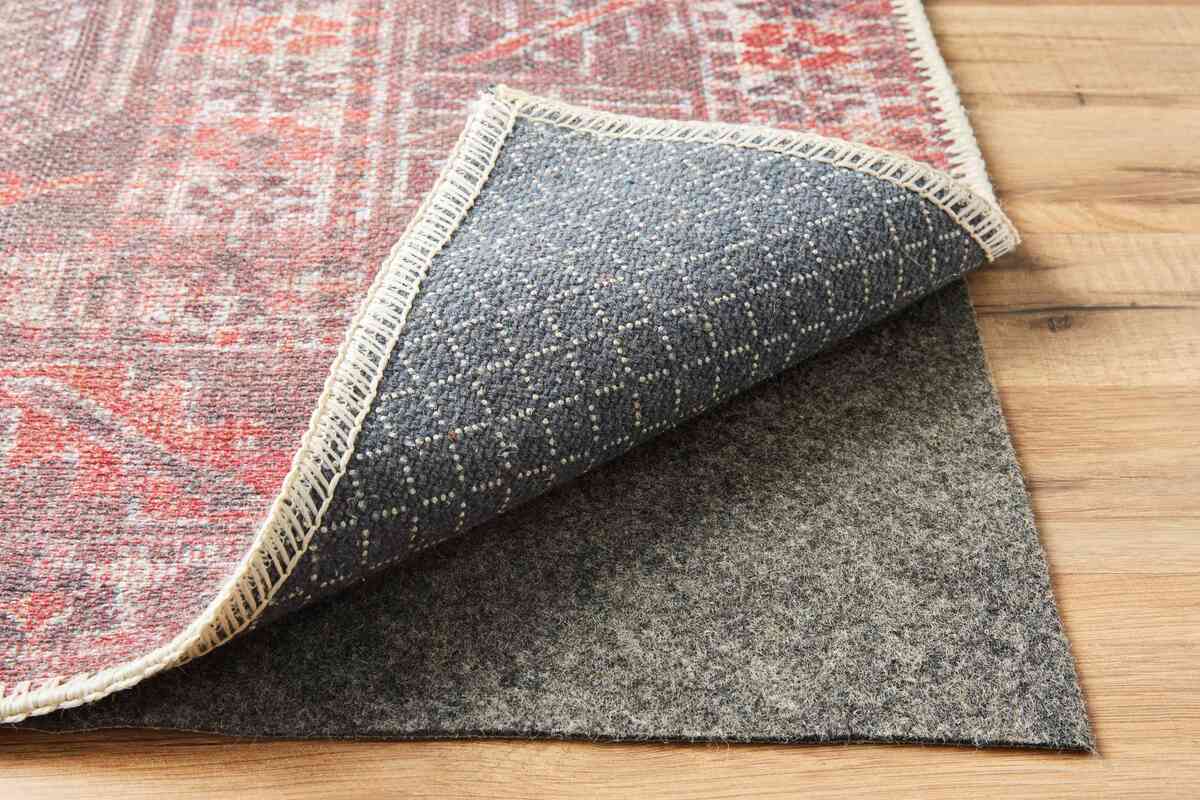

0 thoughts on “How To Stop A Cat From Peeing On Rugs”